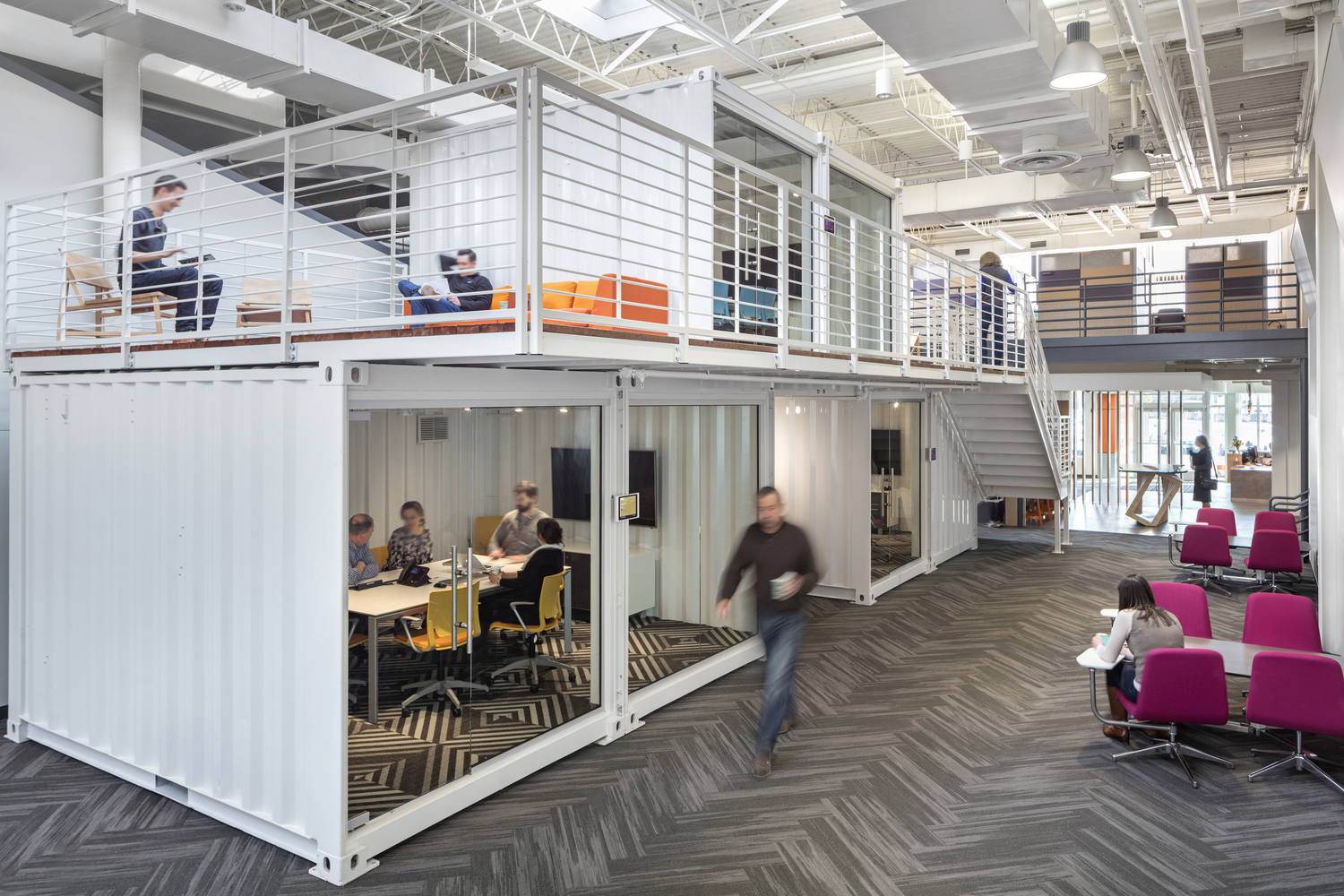Multigenerational Workforce Strengths and Weaknesses
We know what a multigenerational workforce is, and we know what challenges it brings to the table. Yet, we don’t know yet what exactly the main difference is between each of the five generations in the modern-day workforce, except of course their age differences. Each generation has their strengths and their weaknesses and developing the understanding of each is key to your business; so, Wurkspace 7 decided to take a further look at each one.

The Traditionalists (1927 and 1945)
The Traditionalists come from a generation of respect and loyalty and that reflects into their workplace values and ethics. They are hard workers, and as they grew up in lean times, most consider working a privilege. Yet, as they are the oldest generation, they are less technologically adept than the younger generations and they tend to favour the traditional working means.
 The Baby Boomers (1946 and 1964)
The Baby Boomers (1946 and 1964)
Boomers are generally characterised as hard workers who relish overtime and long weeks and can be thought to be more committed to their roles compared to other generations. 53% of organisations say they are great team workers and they can make great mentors for others. However, they may not be as adaptable to change, they may be more competitive and are not as knowledgeable as the younger generations in technology.
Generation X (1965 and 1976)
With 70% of organisations considering Gen X to be the best overall workers, they are committed to a work-life balance and are great revenue generators. However, it is found that 40% of Gen X are not satisfied with their senior management, are less inclined to express their disagreements and value efficiency over quality.
 Generation Y or the Millennials (1977 and 1997)
Generation Y or the Millennials (1977 and 1997)
Out of all the generations, the Millennials are seen to be the most independent workers as they have grown up sourcing their own information. They also are concerned with workplace ethics, culture and social responsibilities. Yet, due to their independence, they are not as interested in teamwork, spend fewer hours at work compared to the older generations and they are impatient when it comes to their career growth; 71% are more likely to leave before 2 years if they feel as though they are not developing.
Generation Z (born after 1997)
Gen Z is the most technologically savvy to the older generations and can adapt quicker than most. 72% of Gen Z are creative and want to start their own businesses and they are able to multitask more than any other generation. However, Gen Z can at times be more cynical and favour a more realistic outlook compared to idealism and are not as in tune to a time prior to social media. Lastly, 25% of Gen Z believe they should only stay in a job for a year or less, showing minimal organisational loyalty.
With five generations potentially making up your workplace, it can be difficult at times to understand what each generation needs and where their experience and expertise is best utilised. Each group brings a different dynamic to your organisation, and the main way to understand how to harness their potential is to understand their generational characteristics.
This understanding should be reflected in the workplace environment, commercial interior design and office fitouts to provide a workspace in which promotes each generation’s strengths.
What are the strengths and weaknesses of Generation Z?
Gen Z are technologically savvy and adapt quicker than most. 72% of Gen Z are creative and want to start a business. Gen Z can at times be more cynical and 25% of Gen Z believe they should only stay in a job for a year or less.
Contact Wurkspace7 today for a simple discussion on how to achieve this in your organisation.
by Natassja Wynhorst



